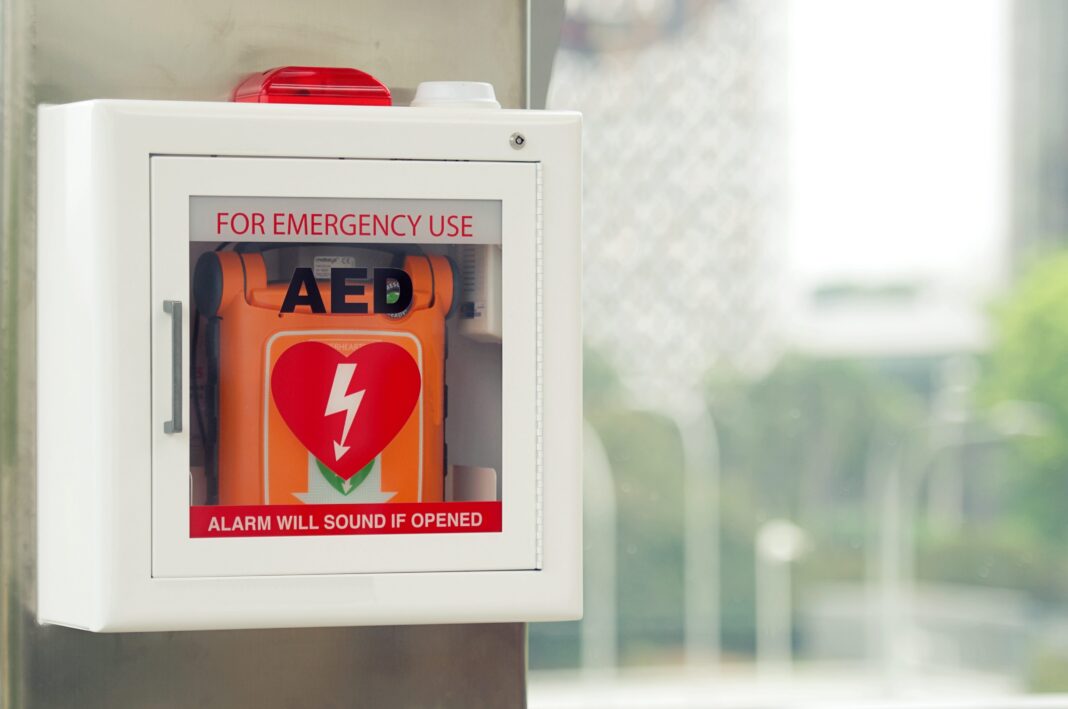Cardiac arrests have hit the news lately. On Jan. 2, Damar Hamlin of the National Football League’s Buffalo Bills suffered an extremely rare cardiac arrest after what appeared to be a relatively mild tackle.[1] Unresponsive on the field as the game was interrupted and eventually cancelled, Hamlin received immediate treatment and is now alert and recovering.
On Jan. 12, Lisa Marie Presley died of sudden cardiac arrest at her home. She was found unconscious by her housekeeper.
The subject of cardiac arrests is rather personal for me because my wife suffered a cardiac arrest a decade ago. She was found unresponsive at work by her colleagues. I will come back to her outcome shortly.
Why is Hamlin on the road to recovery but Presley didn’t make it? There is no one-dimensional answer to complex issues such as this – factors include age, genetics, and pre-existing conditions – but one significant factor should be highlighted. Hamlin’s collapse happened in a very public setting, and a defibrillator was applied in a timely manner by personnel trained in its use. Presley’s collapse happened in private, and the defibrillation was not applied until it was too late.
Most people likely have an intuitive appreciation that automated external defibrillators (AEDs) save lives. What may not be understood is the magnitude of the impact that AEDs have on survival rates, and the critical importance of time. Due to the nature of the subject, solid data is difficult to come by. Of course, we cannot impose cardiac arrest on patients and gauge the success of various interventions. The best data we have is retrospective, and the numbers have significant margins of error.
Even so, some clear trends have emerged in the research.
Generally speaking, the survival rate of a cardiac arrest in the absence of any defibrillation is known to be in the single digits – typically, the low single digits.
The cardiac arrest survival rate with the administering of defibrillation is much higher, but strongly correlated with time. If the defibrillation is applied very quickly, survival is far more likely.
A study from Sweden broke cardiac arrests into multiple categories.[2] The first category is those exhibiting heart rhythms for which a defibrillator cannot be applied. Their survival rate was 5%.
The next category is those with heart rhythms that could be treated, but they were not treated until EMS arrived. The time to treatment was an average of 12 minutes, and the 1-month survival rate was 31%. Already, the odds of survival have improved dramatically.
It gets better. Sometimes other first responders (firefighters or police) arrived before the EMS, and they are able to administer treatment. In this study, the average response time of the first responders was 11 minutes instead of 12 minutes, and the average 1-month survival increased to 42%. An average improvement of 1 minute corresponds to an impressive 35% improvement in the 1-month survival rate.
Sometimes a bystander on the scene found a publicly available AED and administered the treatment before any first responders arrived. In this case, the average time to treatment was reduced to 4 minutes, and the 1-month survival rate increased to 70%.
In my wife’s situation, there was no AED at her place of work at the time of her cardiac arrest. Even when EMS arrived, they were fighting an uphill battle; her heart rhythm was finally restored in the emergency room more than an hour after she collapsed.
According to the data, the odds were stacked against her. She collapsed with no one around. There was no AED on site. She endured an extended time with no consistent heart rhythm. Despite the astronomically low odds, she went on to a full recovery. The word “miracle” was floated by the medical staff on several occasions.
While the data around cardiac arrest survival may not be as robust as data for other medical conditions and treatments, there does seem to be enough clarity to draw two important conclusions.
- Know where the closest AED is located.
- Do not hesitate to use it immediately if you suspect someone is having a cardiac arrest
When someone suffers a cardiac arrest, the greatest enemy is time. Act quickly.
[1] Video footage of the incident
[2] Survival after Public Access Defibrillation in Stockholm, Sweden – A striking success
(Paul Buller – BIG Media Ltd., 2023)


